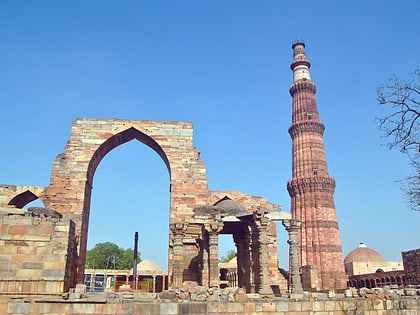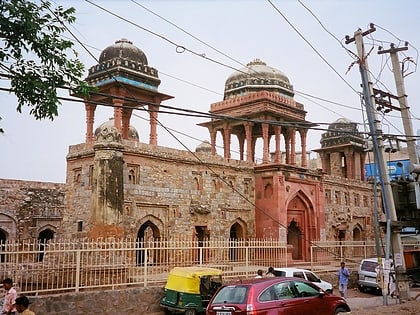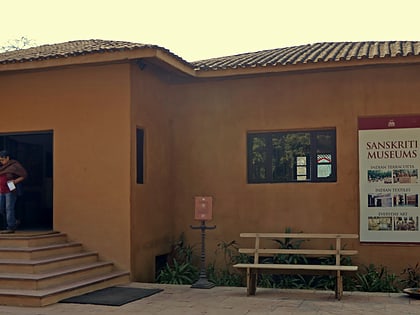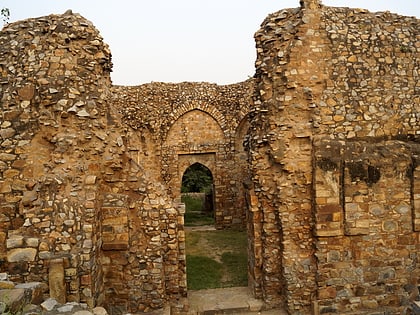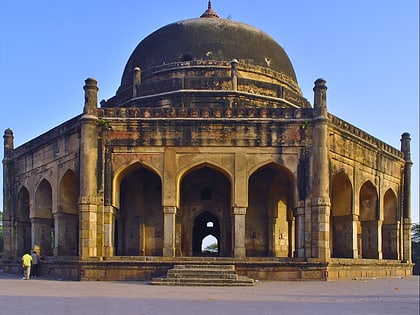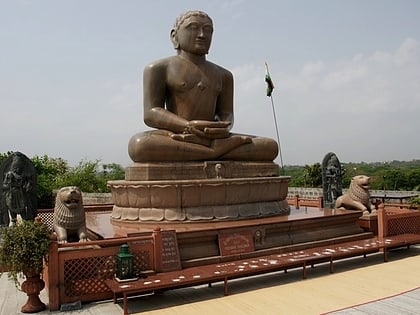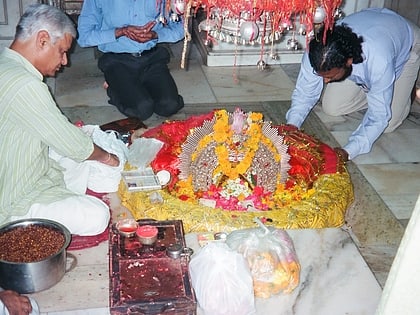Iron Pillar, Delhi
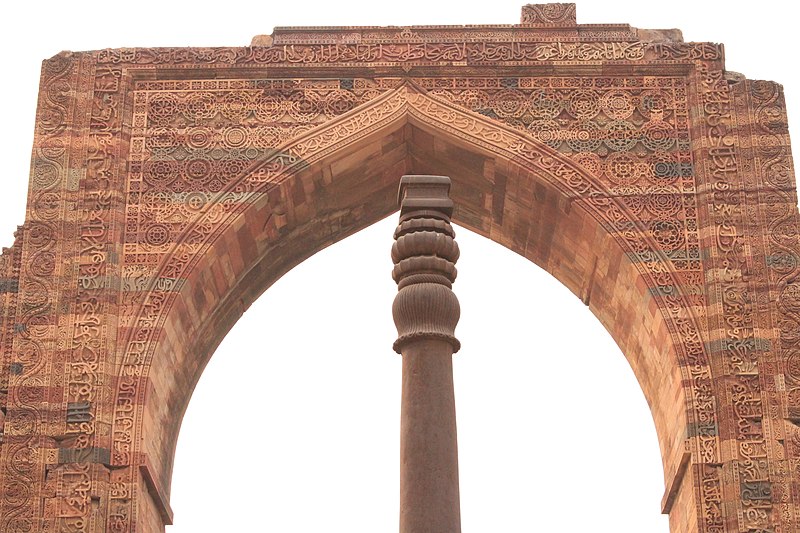
Facts and practical information
The Iron Pillar of Delhi stands as a testament to the ancient craftsmanship and metallurgical skills of India. Located in the Qutb complex, this 7-meter tall column has intrigued scientists and tourists alike with its resistance to corrosion, despite being over a millennium old. Erected by Chandragupta II Vikramaditya (375–415 CE), the pillar is a remarkable example of classical Indian engineering.
The pillar's composition is a testament to the advanced iron-working techniques of the time; the metal is so pure that it has withstood the test of time with hardly any rust. The Sanskrit inscription on the pillar indicates that it was originally erected outside a Vishnu temple, possibly as a flagstaff, and later moved to its current location.
What makes the Iron Pillar so fascinating is not just its age but also the mystery of its construction and the ability to resist corrosion. This has made it a subject of study for metallurgists and material scientists around the world, who are keen to understand how ancient smiths achieved such a feat.
The pillar is a popular site for visitors, who often marvel at its longevity and the skill of ancient Indian metalworkers. It is a symbol of India's rich cultural and scientific heritage, reflecting the high level of sophistication achieved by ancient Indian civilization.
New Delhi (Mahrauli)Delhi
Iron Pillar – popular in the area (distance from the attraction)
Nearby attractions include: Qutb complex, Qutb Minar, Mehrauli Archaeological Park, Tomb of Imam Zamin.
Frequently Asked Questions (FAQ)
Which popular attractions are close to Iron Pillar?
How to get to Iron Pillar by public transport?
Bus
- Qutub Minar • Lines: 34, 413, 427, 463, 493, 502, 505, 534, 539, 715, Ml-82 (4 min walk)
- Mehrauli Bus Terminal (7 min walk)
Metro
- Qutub Minar • Lines: Yellow Line (21 min walk)
- Saket • Lines: Yellow Line (28 min walk)
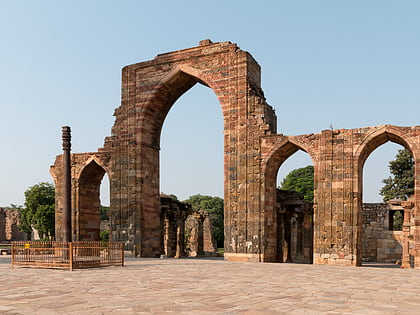

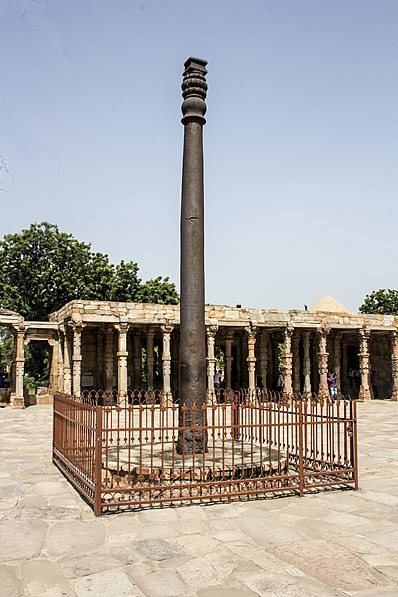
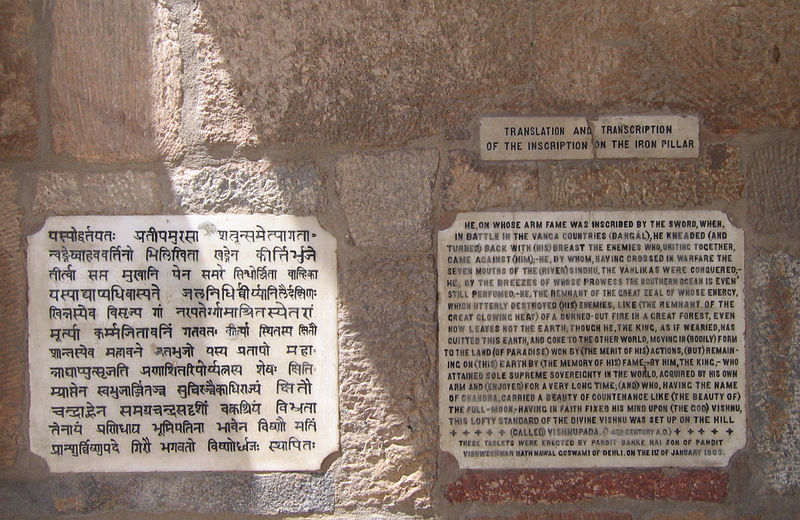
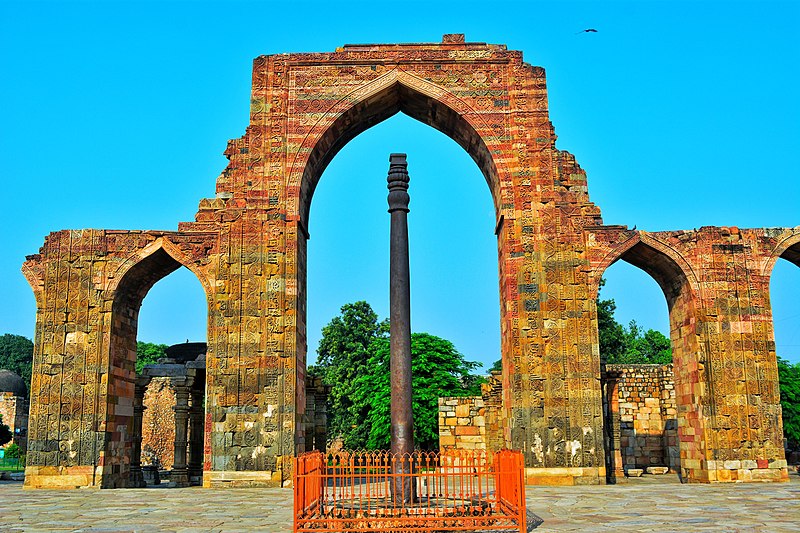
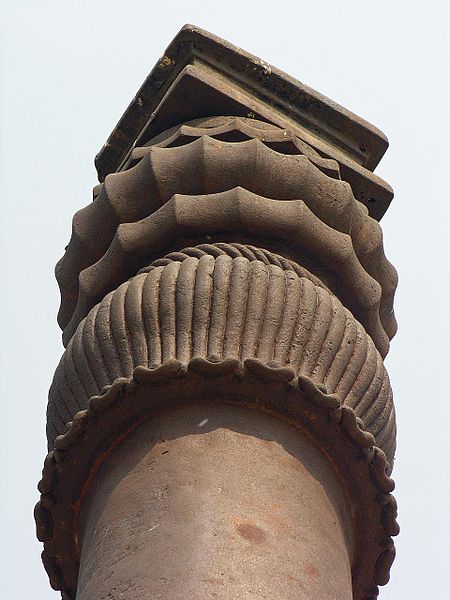
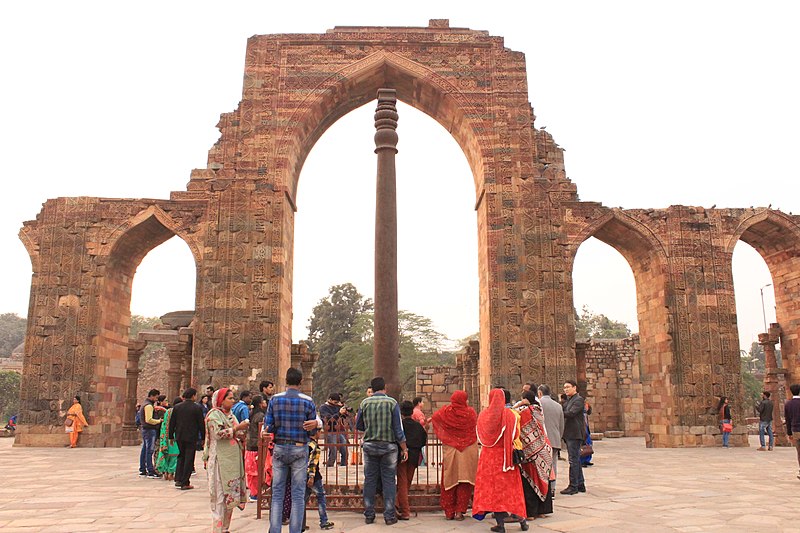

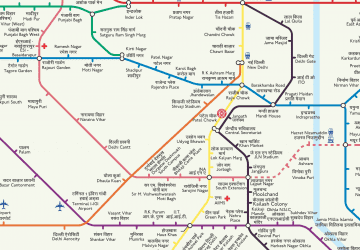 Metro
Metro
